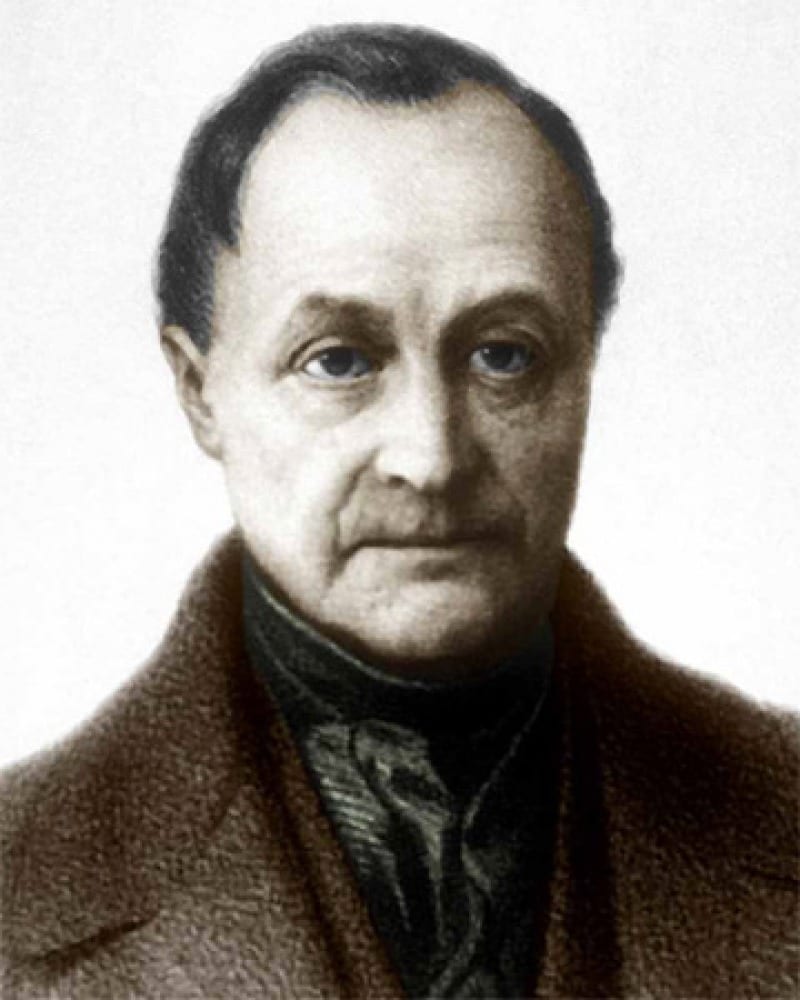The basic idea in book one is to find out the number
Chapter 1 – Natural Science
Aristotle lays out his plan for the Physics, though it will only become apparent at the end of the book for the first-time reader. In chapter one (184b1-184b14) he claims we have science when we grasp things’ principles, explanatory factors, and have analysed out its elements. So we must start by determining principles (which is what Book I is about. Then, starting with sense-a universal which is most obvious to us, we understand it, moving a posteriori toward what is intelligible in itself – a general universal according to nature. This is a definition, composed of matter and form but still incomplete. As we observe the thing more and more, we can improve the essence/definition we have by recognizing a priori the particularities, elements, or specific differences in this instance of the universal, which all proceed from its principle. This is the basic concept of the demonstrative regress.
Chapter 2 – Parmenides
He considers how many principles there are in nature. Parmenides and Melissus thought there was just one, but they are wrong because when we consider all the senses of one: qualitatively, quantitatively, or substantively, none of them will explain in a consistent way, our experience of diversity.1) continuous (quantitative), in which case the thing is at least potentially many, 2) indivisible (qualitative), in which case the thing is like a point on a line – not a quantity, or 3) essentially, in which case several things would be attributed to the same subject (substance). Does “everything that exists is one” refer to all or more than one? If so, there is more than one – 1 or 2, 2 or 3, 1 or 3, ie diversity in unity. Does “everything that exists is one” refer to all or more than one? If so, there is more than one – 1 or 2, 2 or 3, 1 or 3, ie diversity in unity.
Chapter 4 – Physicists
He begins laying out the opinions of the physicists, who were of two types: 1) those that claimed the principles were one element such as water fire or air, which rarefied and condensed in many forms. 2) there were those who claimed they were were of a finite (Empedocles) or infinite (Anaxagorus) amount. He treats them with four major points.
- Considering Anaxagorus: If there were infinite principles, then we could never have knowledge of anything, since knowledge is a result of generalizing considering all the parts (and you can’t know infinite).
- Considering both: If the elements are of indefinite quality or quantity, then the things which the compromise should also be of indefinite quantity and quality. Considering both: If the elements are of infinite amounts of various types, then removing some of any one is not going to allow us to arrive at a distinction among things. If the elements are of definite amounts, then it is possible to remove so much of one that that everything would not be present in everything.
- Considering Anaxagorus: If there were infinite, there would be infinite amounts of white and health.
Chapter 5 – Contraries
He explains his major discovery that everyone up until this point had one thing in common: all physicists identified their first principles with contraries like hot and cold, rare and dense, plenum and void. They did this with good reason, but as if they were constrained by truth itself, because first principles should be 1) derived from neither each other, 2) nor anything else, but 3) everything else must proceed from them. These conditions (by dialectic) are fulfilled by primary contraries. The differences between these physicists though is that some chose as primary, contraries which are more knowable relative to us (in the order of sense/becoming) such as hot and cold, moist and dry, while other chose things more knowable in themselves (in the order of explanation) such as even and odd etc.
Chapter 6 – Either Two or Three
He determines the principles to be no less than two and no greater than three. There cannot be less than two principles, contraries, then because this would not allow them to actually exist on or in something. There cannot be more than three because then there would be more than one primary contrariety – and the fourth would either be superfluous or there would be more than one, which would violate the observation that all other physicists had which is that everything is reducible to one primary contrariety. Thus the number of elements is no more than three and no less than two…so we must determine whether it is actually two or three.
Chapter 7 – Two or Three?
He determines a sense in which they are two (matter and form) and a sense in which they are three (matter form and privation). The two contraries are more manifest by examples in the way we speak and reveals that the subject does not have a contrary. We say “the man became musical,” the “not musical became musical,” and “the musical man became a musical man.” In all three cases there is something (the man) that persists through the change from one contrary to the next. In all cases there is something which is such and such, and a thing which becomes that and is generated or corrupted. He determines the essential definition comes from those conditions or principles of matter (the subject) and form (what it becomes – either accidental or, as we will see in the next book, natural – whether the form or the substratum is the essential nature of a physical object is not yet clear.).
Chapter 8 – Solution
He explains how this solves the ancient problem of things either coming from existence or nonexistence. He agrees with Parmenides that nothing can come to be from what is not. But what comes to be comes from what exists in a qualified sense – from matter. A doctor builds qua housebuilder, not qua doctor and thus the contraries must be of each other not of just any random thing, across the substratum.
Chapter 9 – Definition
He defines matter as the primary substratum of each thing from which it comes to be without qualification and which persists in the result. Having a dyad like Plato ignores privation. It is the nature of matter to yearn for form, since form cant yearn for itself because it is not defective and its contrary (privation) can’t year for it because it is mutually destructive.


